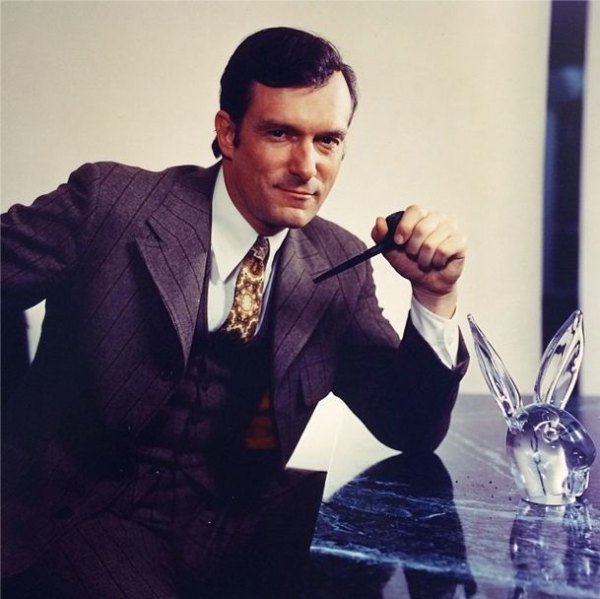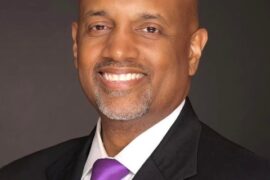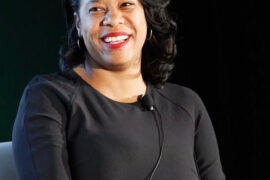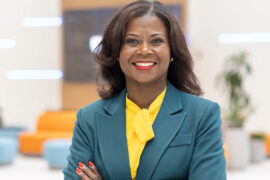Hugh Hefner died at the ripe old age of 91. His body aged, but he didn’t. At best he became dated, but not old. He was still living the life of a playboy ahead of his old age, wearing pjs all day, watching movies, dining well, and having friends over to join him in a host of events, games and activities, with the beautiful women ever present.
When I started N’DIGO, I studied the impressive business models of two publishers. One was John Johnson, publisher of Ebony and Jet Magazines, and the other was Playboy’s Hugh Hefner. They both developed a niche that was missing from the market place at the time and exploded it to new heights with new audiences.
I have read so many stories about Hef recently since his passing, but none speak to the marketing genius of this man. His formula was new in his time, but really very simple – determine what people want and then provide it for them.
Hef said men like sex, men like pretty women, men like naked women, so here it is. Tasteful, glamorous photos of nude women became his hallmark. The magazine’s name, Playboy, said it all. He developed a sophisticated man’s magazine. Some believe that it was exploitative of the women, but they posed and they got paid and loads of publicity came to their careers as they willingly exposed their bodies.
Before starting Playboy, Hefner worked at Esquire Magazine as a copywriter and asked for an eight-dollar raise. His bosses said no, so Hef left to start his own magazine, which he did with $8,000 at 25 years old.
Marilyn Monroe
On the first edition of the magazine in 1953, Marilyn Monroe graced the cover. Hef discovered her while looking at a calendar of nudes. She was fresh-faced, pretty, naked, and at the time one of the most marketable stars in Hollywood.
A few years earlier as a struggling actress, Marilyn had done a nude photo shoot trying to make ends meet. The photographer sold the pictures to the calendar maker and the calendar maker sold the pictures to Hefner, who put them in his magazine. Marilyn never signed an agreement, but was okay with it; in fact, she and Hef became good friends through the years.
But Hefner was so anxious because he didn’t know when he might be able to print another edition of the magazine, that he put no issue date on that first Playboy. The magazine started on his kitchen table in Hyde Park – he had hocked most of the rest of his furniture to get enough money to print the first edition.
The first print run was 30,000 and sold out so quickly that he printed additional copies that brought his run total to 70,000. Hef was on his way. Eventually, Playboy had 700,000 monthly readers. That first issue of Playboy with Marilyn Monroe is now selling on eBay for $5,000.

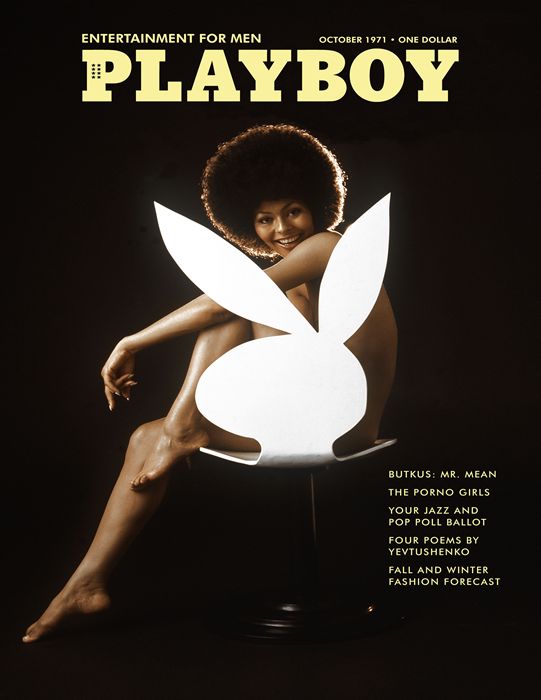
More Than Just The Pictures
Besides featuring the naked women, the mag was a top literary publication. Hef had some of the best writers of the day writing about things men enjoyed.
He developed with his own pen “The Playboy Philosophy.” He was simply writing about what men who were on the make cared about. He wrote about topics of leisure – jazz, drink, fancy dining, relationships, vacations, clothes, cars, movies and the like, and resultingly, Playboy attracted the top advertisers of the day, mostly auto, liquor and cigarette companies.
His Q&A interviews with the accompanying three candid horizontal pictures became the print interview standard. Jazz trumpeter Miles Davis was the first featured long interview, in 1962. And these were long interviews – Hefner allowed the subjects full expression.
The longest interview ever with Dr. Martin Luther King Jr. appeared in Playboy, which through the years also featured comprehensive interviews with Malcolm X, Muhammad Ali, Rev. Jesse Jackson, and a host of others. It was a highlight of the magazine and made people gravitate to the magazine for something other than the nudes.
Hefner liked writers and James Baldwin, Alex Haley and Norman Mailer were among the Playboy writers who posted their own work as well as conducted the feature interviews. These interviews were extensive and are now classics of people who were coming into their own, expressing their ideologies and social positions.
Key To The Club
After the magazine became a bona fide success, Hefner started branding his product with new businesses that built his empire. There were the Playboy Clubs around the world, the first being in Chicago on Walton Street in 1960. They offered fine dining, great entertainment, beautiful women and were inclusive and status-filled – men were proud to say they had a “key” to the Playboy Club. Hef’s brother Keith managed the clubs.
Since the late Dick Gregory’s death, it has been written that Hefner gave Gregory his first big break, but that’s not entirely true. Hefner frequented hotelier Herman Roberts’ Roberts Show Club on 66th and King Drive in Chicago, which opened its doors in 1954.
This is where the top Black entertainers of the day appeared, as well as the in crowd. Count Basie, Dinah Washington, Dick Gregory, Johnny Hartman, Sammy Davis Jr. and a host of others appeared at Roberts, because white downtown establishments would not have them yet.
Hef took notice as he patronized Roberts and when he opened the Playboy Club he invited some of these Black entertainers to appear on the Playboy circuit. For many of those artists, the Playboy Club was their first mainstream job. Their careers got a boost as the Playboy Club was the place to be for fine dining, bunny servers and great entertainment.
Hef developed a TV show in 1959 called Playboy’s Penthouse. The simple premise was Hef hosting a house party with many celebrity guests and many of the entertainers that appeared in the Clubs performed. Ella Fitzgerald, Nat King Cole, Miles Davis and Sammy Davis Jr. were among them. The show aired until 1961, but featuring Black artists caused the program to lose its sponsors and led to its cancellation.
Hef held a three-day Playboy Jazz Festival in Chicago in 1959 to celebrate the magazine’s five-year anniversary; it attracted an audience of 68,000 at the Chicago Stadium. In 1979 and until 2012, Hefner re-launched the Playboy Jazz Festival in Los Angeles, and for most of those years, Bill Cosby was the emcee for the jazz show.
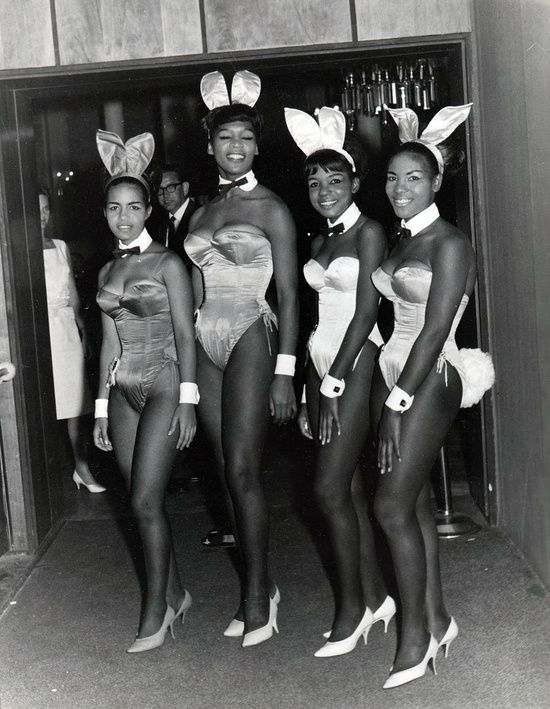
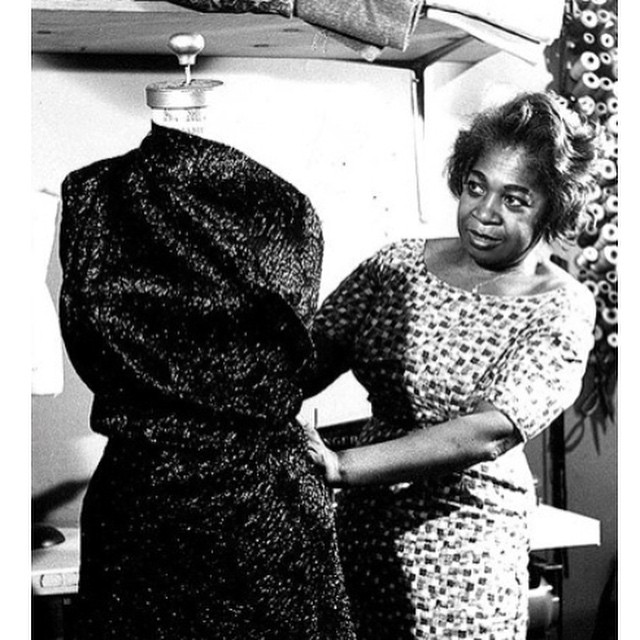
The Bunny Costume
Hef commissioned Black designer Zelda Wynn Valdes to fashion the iconic Bunny costume in 1960. She started the first African-American owned clothing boutique in New York’s Manhattan district in 1948 and designed for Dorothy Dandridge, Mae West, Marian Anderson, Josephine Baker and Eartha Kitt, among others.
Valdes was very good at showcasing a woman’s hourglass figure in mermaid type attire, which is how the Playboy Bunny uniform was born, with bunny ears and cuff links. Valdes was quite the designer. She later went on to design costumes for Arthur Mitchell’s Dance Theater of Harlem and worked there until she died at 96 years of age.
Hefner was the master of branding and lifestyle marketing, which was his absolute genius. He was portrayed as lounging in his pajamas all the time on his famous round bed where he worked on the magazine, but somewhere along the way, Hefner’s business magic was spinning. Magazines turned into TV shows, clubs, videos and festivals. He didn’t miss too many branding opportunities.
Much will be written about Hefner for years to come. He is a pop culture icon. We will hear about the parties that might have had drugs, sex and much more. We will read reveals on how young women became bunnies and how they might have been sex objects and the like.
But they all were adults and went voluntarily to Hef’s mansion. He insisted that the bunnies were single. Hef’s parties became status symbols for those in the know from sports figures to Hollywood power players and everything in between. They came to discover and to be exposed to the good life, the pool, and to Hef himself. He was the Lord of the Manor.
Sex And Love?
Hef was a quiet type, a liberal who smoked a pipe, drank Pepsi and liked fried chicken. He was generous to his causes, which included civil rights and women’s rights. When Essence Magazine had money issues, he backed them. His bold magazine of nude women became passé as the Internet developed with hot pornography that would make Playboy blush.
At the end of the day, as Hef brags about the thousand women he had sex with, I wonder how he really saw his life. He married twice, once early in life as a struggling entrepreneur and they had two children. Hefner divorced his first wife because she cheated on him.
Later in life, he married a much younger woman and they had two children. He justified the age difference between them by saying that, as he grew older, his like for women of a certain age didn’t change. They were legally married, but separated longer than they were together for the sake of raising their two sons.
While Mr. Hefner was looking for sex, I wonder if he ever found real love. At the end of the day, he crafted his life and found fortune and fame along the way. Hef enjoyed and had fun as he started America’s sexual revolution and he lived long enough to see the sexual revolution come to an end.


